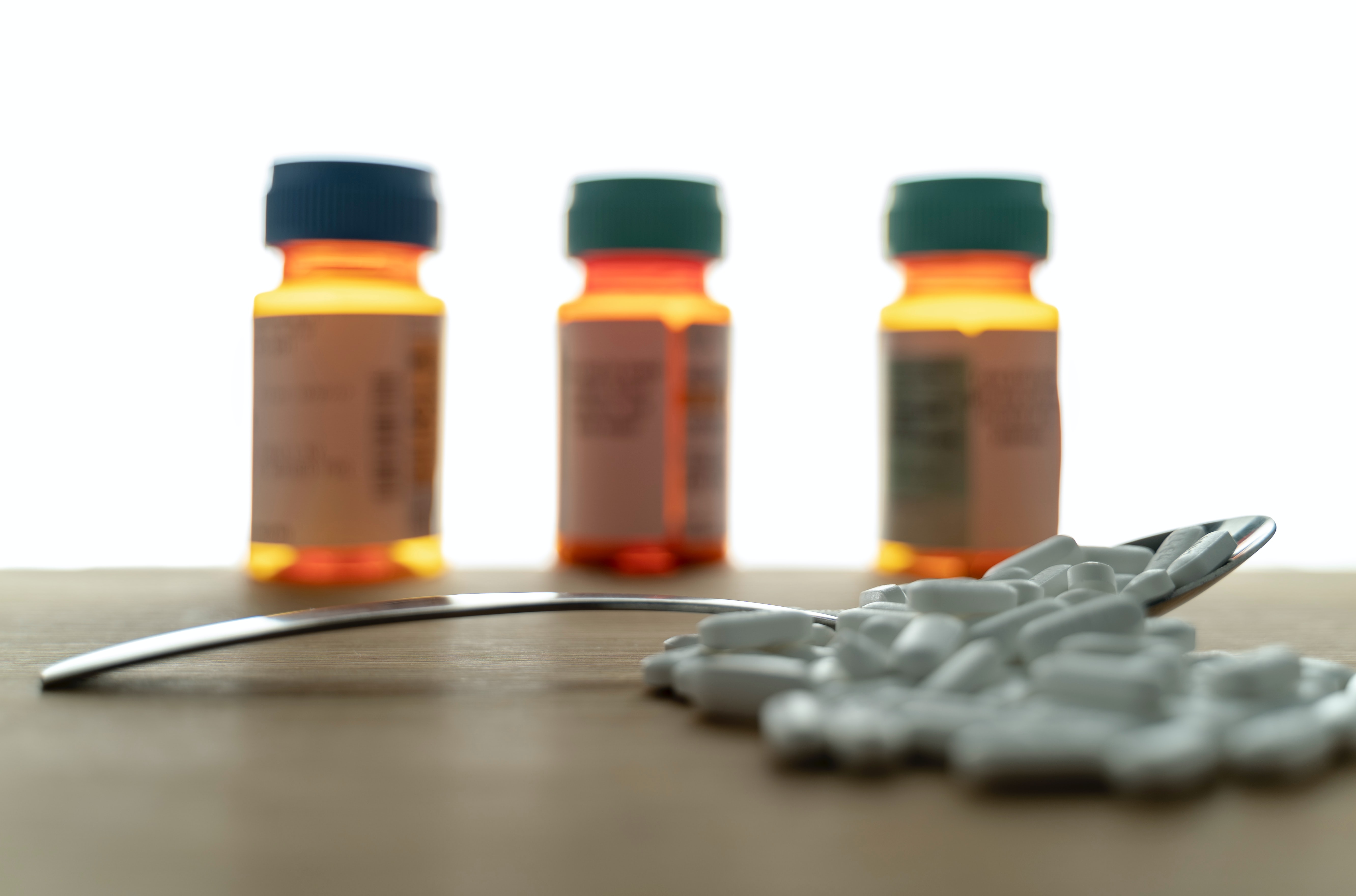Informed Families Catalyst
Reflecting on Progress and Continuing the Fight Against Alcohol Misuse
Posted by Peggy B. Sapp, President & CEO on January 12, 2024 at 6:04 PM
As we welcome the new year, I want to begin by honoring the memory of a beloved member of our community, Virginia Smith Mead, known affectionately as Ginger or Gigi. Ginger, a vibrant soul and a passionate advocate for community service passed away peacefully on December 2, 2023. Her lifelong commitment to bettering the lives of those around her, including her significant support for Informed Families, has left an indelible mark on our organization and those we serve. Our deepest condolences go to the Mead family, as we celebrate Ginger’s remarkable life and legacy.
Topics: President's Message, alcohol, Informed Families, leaders, alcohol use, alcohol abuse
Taking Responsibility for America's Drug Problem
Posted by Peggy B. Sapp, President & CEO on July 11, 2023 at 4:09 PM
President's Message - July 2023
In today's interconnected world, it is evident that everything goes somewhere and is connected to everything else.
Topics: President's Message, marijuana, alcohol, Informed Families, alcohol use, alcohol abuse
Incorporating the Values of AA Into Your Everyday Life
Posted by Peggy B. Sapp, President & CEO on May 9, 2023 at 7:53 PM
President's Message - May 2023
We’ve all heard of the Alcoholics Anonymous (AA) 12-Step program, but often think it’s for other people, specifically alcoholics.
But I think if more of us took the values it contains to heart, we’d all be better off, both individually and as a society.
Topics: President's Message, marijuana, alcohol, Informed Families, alcohol use, alcohol abuse
April is Alcohol Awareness Month
Posted by Peggy B. Sapp, President & CEO on April 11, 2023 at 10:43 AM
President's Message - March 2023
When trying to teach our kids to avoid drugs and alcohol, doesn’t it
sometimes feel like we’re fighting a losing battle?
Topics: President's Message, marijuana, alcohol, Informed Families, alcohol use, alcohol abuse
President's Message - February 2023
How Do You Show Love to Your Brain and Heart? By Staying Drug-Free!
Topics: President's Message, alcohol, Informed Families, alcohol use, alcohol abuse
Try Dry January . . . or Dry February . . . or Dry March . . .
Posted by Peggy B. Sapp, President & CEO on January 9, 2023 at 11:32 AM
President's Message - January 2023
Let me start by wishing all of you a happy and healthy new year! And to thank you all for the work you’ve done over the last year to help keep our children safe from drugs of all kinds. We’ve accomplished some good things together, and I want to urge you to keep up the fight.
Topics: President's Message, alcohol, Informed Families, alcohol use, alcohol abuse
Teen Alcohol and Drug Abuse—Get the Facts Out
Posted by Informed Families on March 19, 2021 at 8:00 AM
Topics: drug abuse, drug prevention, drugs, alcohol abuse
A Dangerous Mix: Spring Break and Underage Drinking
Posted by Informed Families on March 6, 2020 at 1:16 PM
We’ve all seen the headlines:
“Underage drinking, drugs leads to nearly 1,000 arrests on Gulf Coast beaches”
“Sheriff's Office cracks down on underage drinking in Destin”
“Police being extra vigilant on drunk driving during spring break
"Spring Break 2019 sees drunk students descend on beach to guzzle booze, twerk and pass out in outrageous parties”
If you are the parent of a college-age student preparing to head off to a spring break destination soon, you are likely concerned about whether or not they will engage in underage or binge-drinking and wind up in lots of trouble.
Topics: positive parenting, college students, underage drinking, alcohol, teens, binge drinking, samhsa, alcohol use, alcohol abuse
President's Message - March 2020
Posted by Peggy B. Sapp, President & CEO on March 2, 2020 at 8:00 AM
While the Media Was Focused on Opioids Look What Happened
While the media has been focused on the opioid crisis, the number of alcohol-related deaths more than doubled from 35,914 in 1999 to 72,558 in 2017. Women have been impacted the most.
According Dr. George F. Koob, National Institute on Alcohol Abuse and Alcoholism (NIAAA) Director, “alcohol is a growing women’s health issue. The rapid increase in deaths involving alcohol among women is troubling and parallels the increases in alcohol consumption among women over the past few decades.”
Trends like Mommy wine culture, which normalizes the idea of drinking alcohol as a way to cope with stress, and sipping while shopping have become commonplace. We should always keep in mind that our kids are watching our behaviors. Do we want them to turn to alcohol as a way to escape from everyday stress or as the only way to relax and unwind?
They are bombarded with images promoting alcohol in that way already. A new report from the Journal of Studies on Alcohol and Drugs says alcohol ads are leading teens to drink. A study in the Preventive Medicine journal found that social media could be sending out positive messaging about alcohol use as well.
Sign the Safe Homes Smart Parents pledge, and let’s work together to stem the tide of alcohol-related deaths by discouraging underage and binge drinking.
Peggy
Topics: President's Message, safe homes smart parties, underage drinking, alcohol, teens, binge drinking, Peggy Sapp, media, alcohol abuse
President's Message - April 2019
Posted by Peggy B. Sapp, President & CEO on April 26, 2019 at 3:00 PM
Communicating Across Generations
I recently read that some families now have five living generations. Imagine that. Each generation has a totally different world view and processes information in a different way. However simply engaging with others remains the key to communicating effectively.
Topics: President's Message, parenting, communication, safe homes smart parties, underage drinking, teens, peer pressure, parents, alcohol use, alcohol abuse




